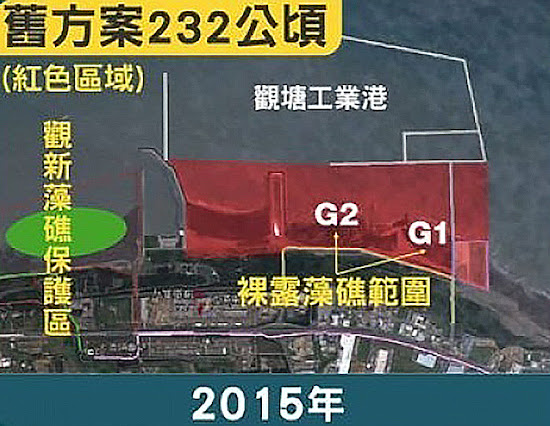德國如何預測風力產生多少電力(2005年) The Wind Power Management System (WPMS)
德國如何預測風力產生多少電力(2005年)
The Wind Power Management System (WPMS)
Description of the WPMS Wind power forecast is an integral part of the electricity supply system in Germany.
The Wind Power Management System (WPMS), developed by ISET, is used operationally by all German transmission system operators .
The system consists of three parts:
• The online monitoring, which performs an upscaling of online power production measurements at representative wind farms to the total wind power production in a grid area.
• The day-ahead forecast of the wind power production by means of artificial neural networks (ANN). This is based on input from a numerical weather prediction (NWP) model.
• The short-term forecast, which additionally employs online wind power measurements to produce an improved forecast for up to 8 hours ahead. For online monitoring and short-term wind power forecast, representative wind farms or wind farm groups have to be determined and equipped with online measurement technology.
For the day-ahead forecast, only historical time series of measured power output of the representative wind farms are needed. For these locations, forecasted meteorological data obtained from a numerical weather prediction (NWP) model are used as input. The resolution of the forecast and the forecast horizon depend on the NWP data used. In Germany, currently an hourly resolution and a forecast horizon of 3 days are in operation
將至少 17.000 Wind風機系統化
每個風機參數與氣象風力做整合
可以三天前預測接下來每15分鐘所產生的風力(2005)
現在2018年 技術已經可以做到預測五天後每個時段所產生的風力
2000年至2005年 系統學習誤差越來越小(6.5% , 2005)
‘Learning curve’ of the forecasting accuracy
The operational experience of several years shows that the system has performed well both in terms of accuracy and
in terms of practical usability. The system has been improved constantly. The result is a continuous reduction of the
forecast error, resulting in a ‘learning curve’ of decreasing forecast error over time. Additionally, the scope of the
system has been extended.
Figure 3 shows the development of the forecasting error for the example of the E.ON control zone. It can be seen that
the accuracy of the operational wind power forecast has improved from an approximately 10% RMSE at the first
implementation in 2001 to an RMSE of about 6.5% in 2005.
Prediction of the forecast uncertainty
In addition to the wind power forecast itself, it is important to have knowledge of uncertainties of this forecast. A
statistical method has been used to predict not only the power output, but also an upper and lower limit for the
forecast accuracy for each time step (figure 7). The statistical method is based on the determination of the forecast
uncertainty for each representative wind farm depending on wind speed and wind direction. The total uncertainty is
than calculated from the uncertainty estimations of all representative wind farms
Improved representation of the atmospheric boundary layer
The selection of the input parameters for the ANN is of crucial importance for the performance of the forecast. Wind
velocity and wind direction are, of course, the most important parameters for the wind power
forecast. However, with the neural network approach it is easily possible to incorporate additional parameters. The set
of meteorological parameters used for the forecast has been improved to take into account the influence of
atmospheric stability, especially for new turbines with high towers. This let to an important improvement in forecast
accuracy. Most important was the inclusion of the predicted wind speed at 100 m height. As can be seen in figure 4
for the example of one German TSO control zone, the forecast error (RMSE in percent of installed capacity) was
reduced by more than 20%. Two different numerical weather prediction models were used as input for the forecast,
showing very similar results.
資料來源:






留言
張貼留言